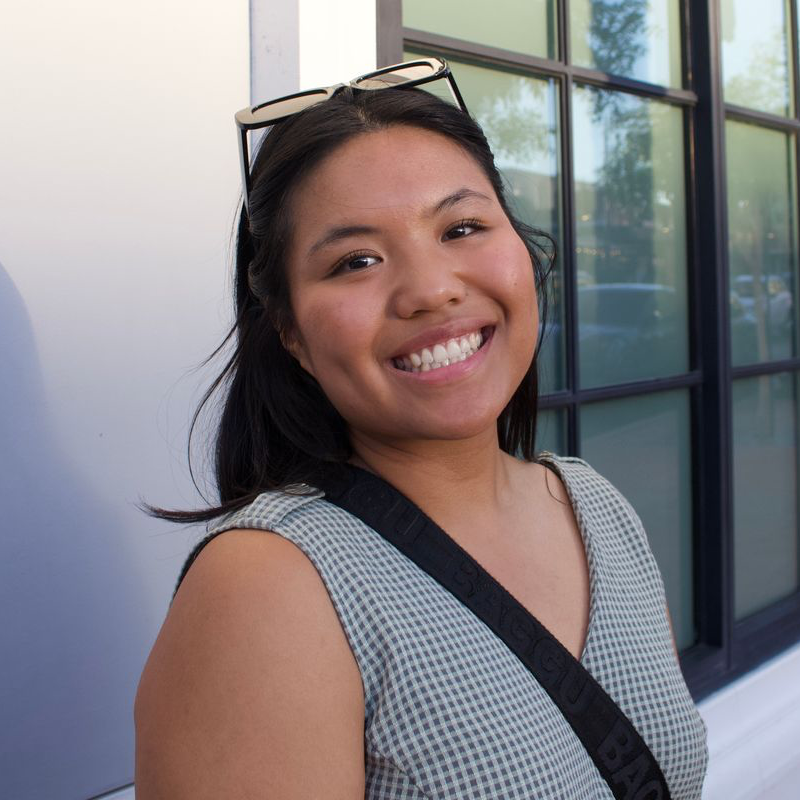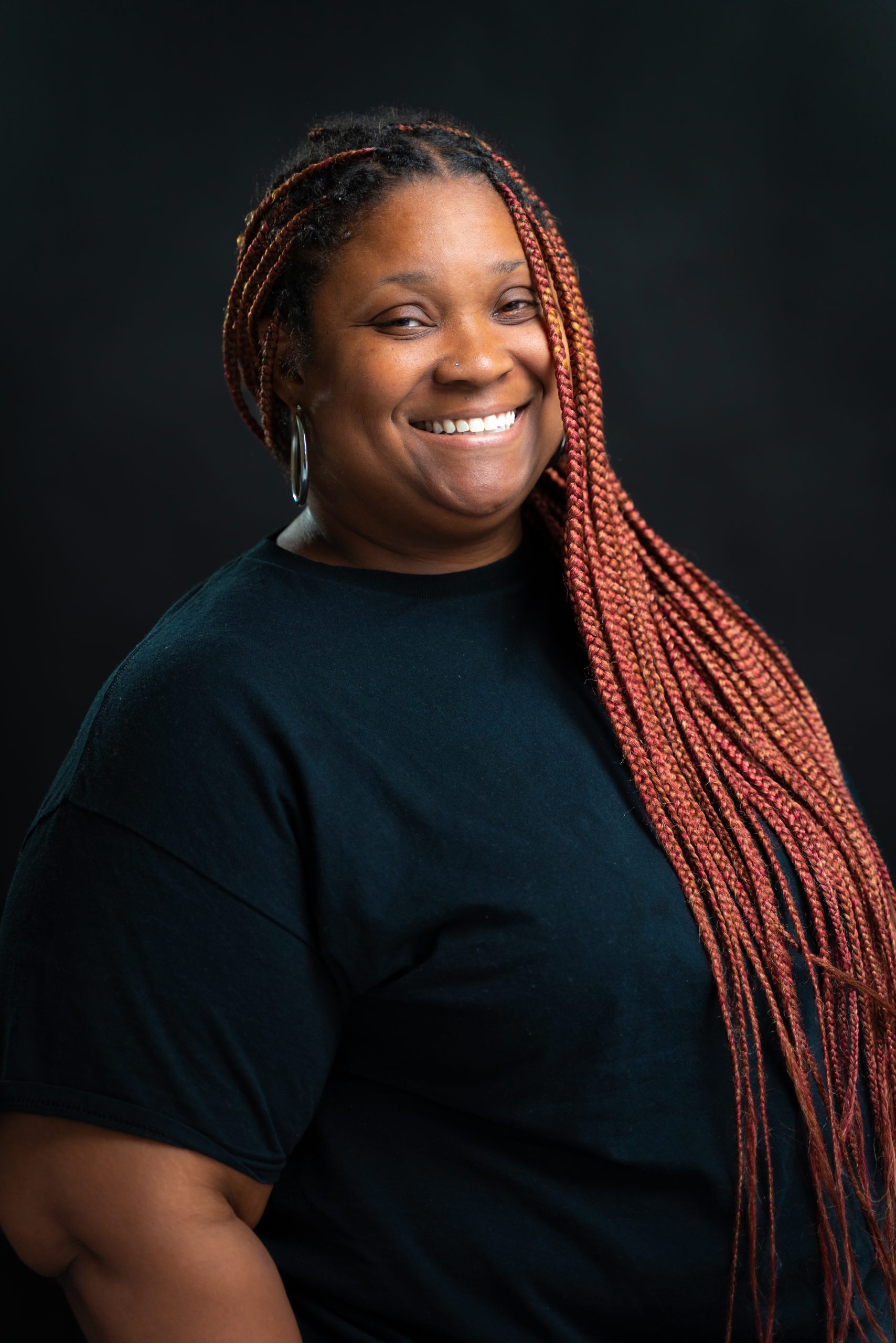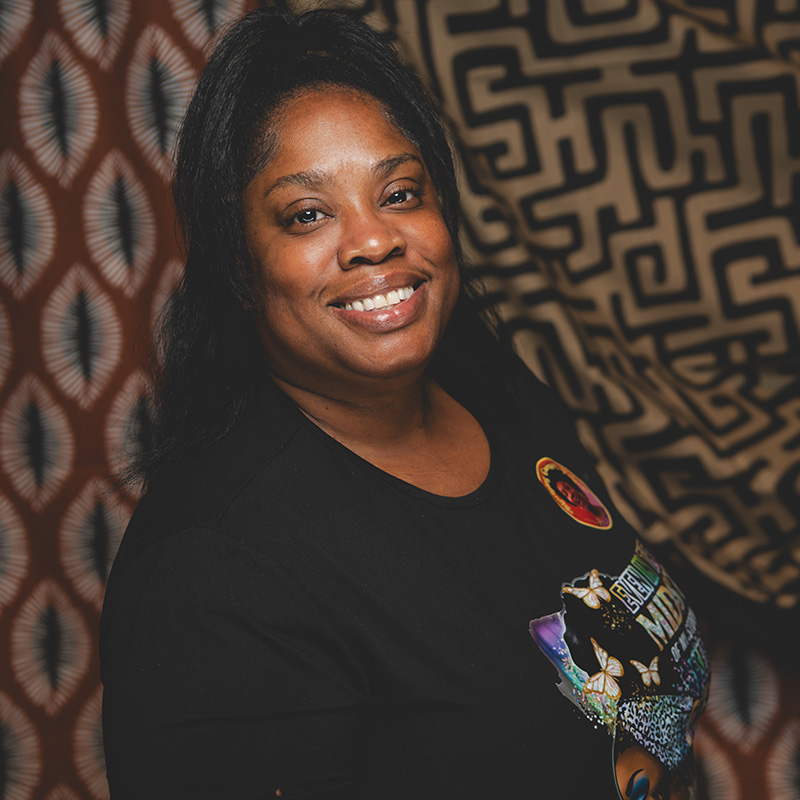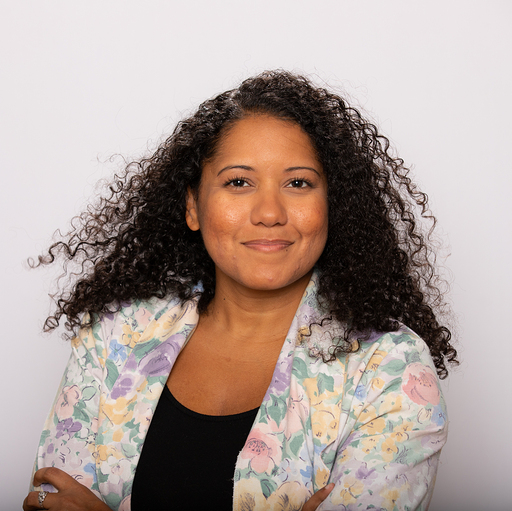
Maicyn Udani
"The term "Filipino American" hadn't really come clear to me until I started high school. It became clear when the white girls gave me stares when I tried playing volleyball with them during P.E. And it couldn't have become any clearer after receiving stares from other Filipinos after attempting to befriend them, not realizing they mainly spoke Tagalog and not much English."
Maicyn Udani
Defining my roots
The term “Filipino American” hadn’t really come clear to me until I started high school. It became clear when the white girls gave me stares when I tried playing volleyball with them during P.E. And it couldn’t have become any clearer after receiving stares from other Filipinos after attempting to befriend them, not realizing they mainly spoke Tagalog and not much English. There I stood, a full-blooded Filipino who could not understand even a lick of the most basic Filipino dialect; I was an impostor. I was too brown for the white, and acted too white for the brown. Constantly living in a state of confusion, I wasn’t sure where I fully belonged.
The first half of my childhood I spent in Honolulu, an ethnically diverse environment with many immigrants from Asia. Being “brown” was all I knew. The only white girls I knew were the ones I watched on the Disney channel, like Hannah Montana and Sharpay Evans. There was nothing I wanted more than to be like them. Their bright pink skirts and high heels were how I aspired to dress. It wasn’t just the outfits, though. I wanted their platinum blonde hair and their fair skin. To me, they were the epitome of the American stereotype. I am not sure if it was the fact that these characters were on TV that made me want to be them or the fact that I would get made fun of for how my skin would turn borderline purple if I stayed under the sun too long. Like, literally, purple. I even conformed my enunciation to be like theirs. Where I’m from, we have a language called “Pidgin,” or broken English. Everyone around me spoke Pidgin, and I sounded “like a white girl” because I didn’t. My insecurities were being planted before I could even realize. I wanted to be white because I had thought there was something wrong with
being “too dark.”
The second half of my upbringing was spent in Las Vegas; it’s the “mainland,” as Hawaii locals like to call it. I vividly remember the day I found out about the move. I was only 13. My mom had been on the phone for hours arguing with her boss. That night, my mom and dad called me into their room, sat me down, and told me we were moving. At first, I was confused. Why were we moving?
My parents, as well as many other Filipinos that have come to Las Vegas, were attracted to the city’s low cost of living. An AP article suggested that not only are Asian Americans the fastest growing ethnic group in Las Vegas, but Filipinos are the subgroup that have been contributing to the growth of the city’s population. There are now 200,000 Filipinos living in Las Vegas.
EXPLORE MORE STORIES
Zillah Wesley

Charlesetta Lee

Hillary Holley

